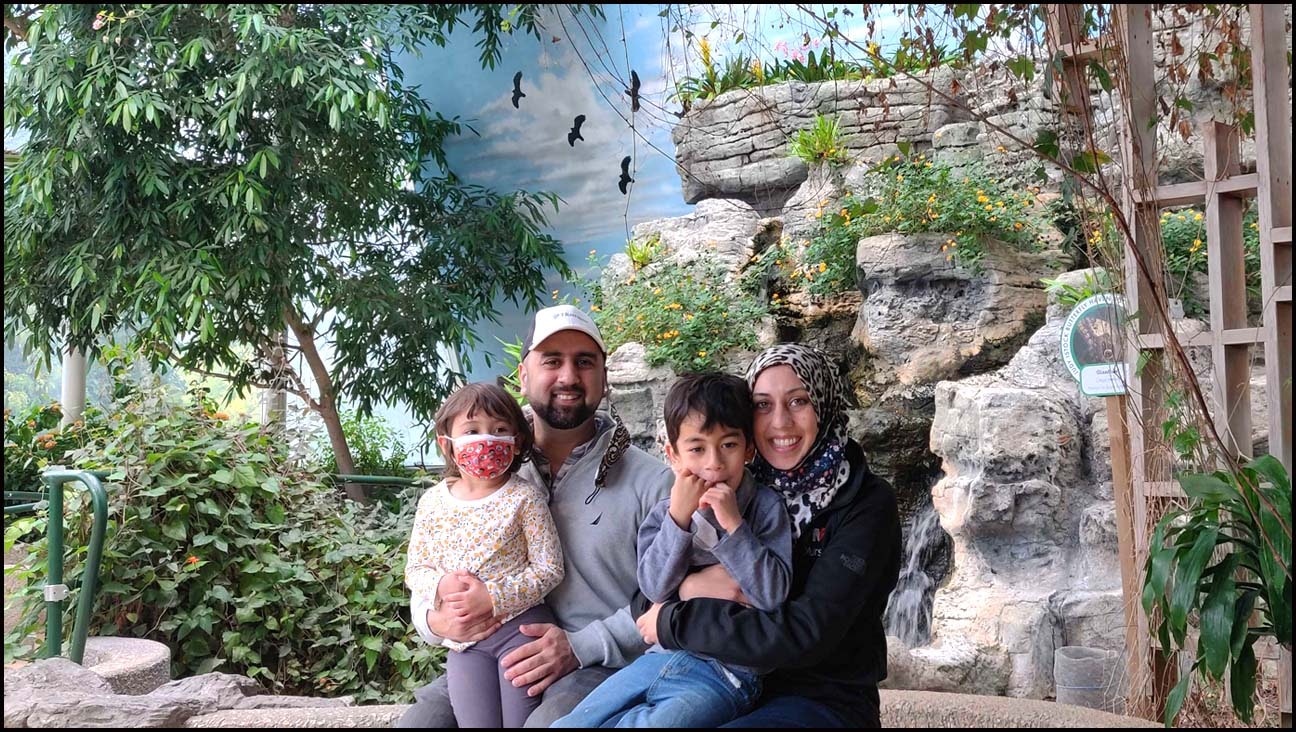Mursion Head of People and Culture Sara Bokhari: using company values to shape every employee experience

Editor’s note: This is the debut edition of HR Hackers, Rippling’s series of profiles highlighting the innovative work of leaders who are changing the future of HR.
Meet Sara Bokhari, Head of People and Culture at Mursion, a virtual reality platform for leadership training. This is her first formal HR role as well as the first of its kind at Mursion—Bokhari wrote the job description with the CEO. Despite being ‘young’ in HR, as Bokhari puts it, her background primed her for this role.
Long before joining Mursion, Bokhari taught fifth grade in New York City and also taught English at an NGO school in Pakistan. She left the classroom to work for a management consulting firm in the K-12 space, where she learned about talent management, talent development, and recruiting. Bokhari joined Mursion in 2019 and initially worked as their director of education partnerships until September 2020, when she transitioned into her current position.
Driven by people-centric values
At Mursion, people drive the culture and everything is connected to the company values, which Bokhari helped define. “It was an iterative process and we involved everybody from the company,” she says, “from just out of college, fresh graduates, all the way up to the CEO. And we got to a point where our values felt truly descriptive of who we are, as well as being aspirational about who we want to be. They are the foundation of what's important to us. And those values have been like the North Star for everything we have developed in our department.”

We got to a point where our values felt truly descriptive of who we are, as well as being aspirational about who we want to be.
Sara Bokhari
Head of People and Culture, Mursion
Mursion’s values shape everything from the cadence of communications to lunch and learn topics to performance management and compensation. All of the organization’s processes and programs, including performance evaluations, point back to the values. “We use Culture Amp as our performance management and engagement system. In Culture Ampthere is a feature called a Praise Wall, and it's a way to give feedback publicly to your colleagues,” Bokhari says. “When people post praise on the Praise Wall, I'll often ask them to actually frame that in the language of the values. For instance, you can say someone led with curiosity when they did X Y Z, and what the impact was. And so that's helped keep the values alive for people, because now you're creating sort of a schema for what concrete behaviors aligned to the values look like.”
Infusing the company values in all these processes is what ensures that the culture, and therefore all new employees, are enmeshed in these ideas. This is particularly important at Mursion, since two-thirds of the current workforce were hired after the values were defined. Those newer hires may not have been directly involved in the creation process, but they engage with the values regularly, which fosters a sense of ownership and identity. Bokhari says this helps Mursion support employees so everyone can be their best selves at work and at home.

[Rippling has] saved us a lot of time and cut down on the mental load of having to think through the checklist of what's needed at the point of hire.
How Rippling enables Mursion’s progressive culture
Bokhari credits Rippling with making it possible to devote appropriate time and energy to building culture at Mursion. Because Rippling is easy to use and requires no coding skills, Bokhari finds it easy to run reports and get insights across many stages of the employee lifecycle. Doing this quickly frees her up to focus more on people.
Another big perk is the way Rippling streamlines the onboarding process—from collecting new hire information to turning on access to different systems through the many integrations. “I just have to click, click, click, decide what it is they get access to. Then I can set it and forget it and walk away so that on the day that they start, I'm not trying to wrestle with the IT side of things. That’s saved us a lot of time and cut down on the mental load of having to think through the checklist of what's needed at the point of hire.”

Off the clock
Bokhari lives and breathes the work-life balance she strives for at Mursion, and prioritizes screen-free family time with her husband and two young children when she’s not at work. “My kids are a barometer for my well-being,” Bokhari says. “Being in a people role, it is an emotionally labor intensive role. And if I get to the end of the day and I don't have enough emotional bandwidth to be present for my kids, then I'm not being the type of parent or the type of employee that I want to be. I don't want any of our employees to feel that way, either. I don't want them to feel so spent from their work that they can't be fully present outside of work.”

Being in a people role, it is an emotionally labor intensive role. And if I get to the end of the day and I don't have enough emotional bandwidth to be present for my kids, then I'm not being the type of parent or the type of employee that I want to be. I don't want any of our employees to feel that way, either.
Spending time at the library or playing tabletop games with her husband are some of Bokhari’s favorite pastimes. She admits that she reads a lot of HR and organizational psychology books in her free time but she also enjoys kicking back with some young adult fiction or novels inspired by current events, like The Hate U Give by Angie Thomas, about a teenage girl who witnesses a friend murdered by the police. She’s also recently gotten into fantasy and science fiction, and recommends Ready Player One by Ernest Cline to anyone curious about the genre—especially if you work for a VR company like she does.
The future of HR is all about people
When Bokhari thinks about the future of the HR industry, she hopes to see more organizations putting people first. “Today, your strongest leaders are ones who really think about developing people,” she says, “the ones who see people as the most important resource in a company and see people as the lifeblood that makes the company move. That’s the sea change: The People Function as a key part of the business, and the key part in keeping a business healthy.”
She also hopes to see technological advances that support leaders in this effort, primarily the ability to gather and connect more data across the employee lifecycle. Today’s tools and integrations are moving in the right direction, she says, but she hopes to see even more in the coming years, so leaders can better understand what’s happening with their employees and make better informed decisions to support their people.





